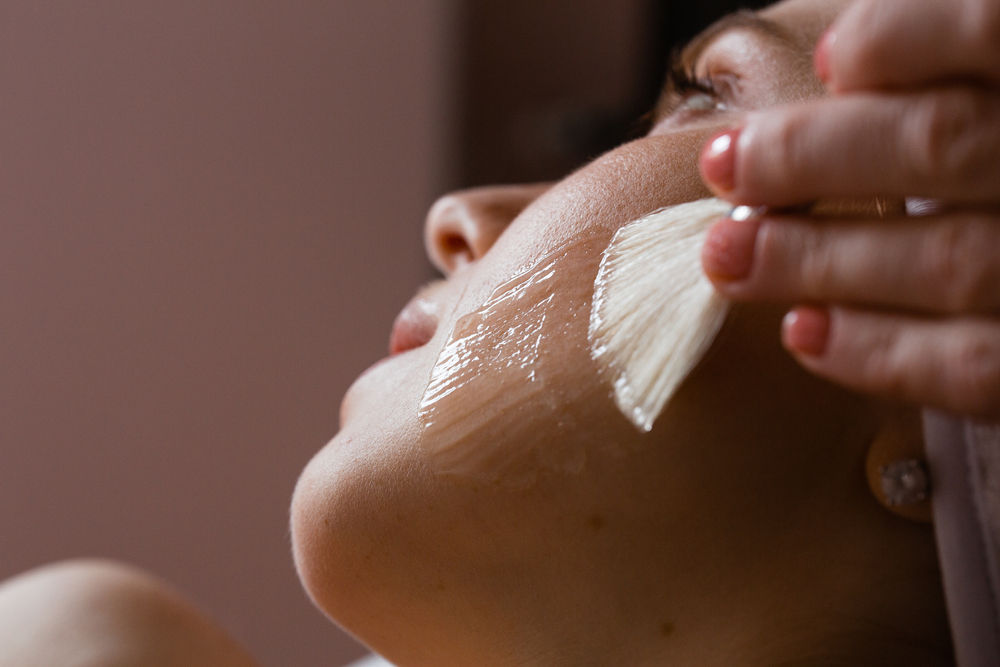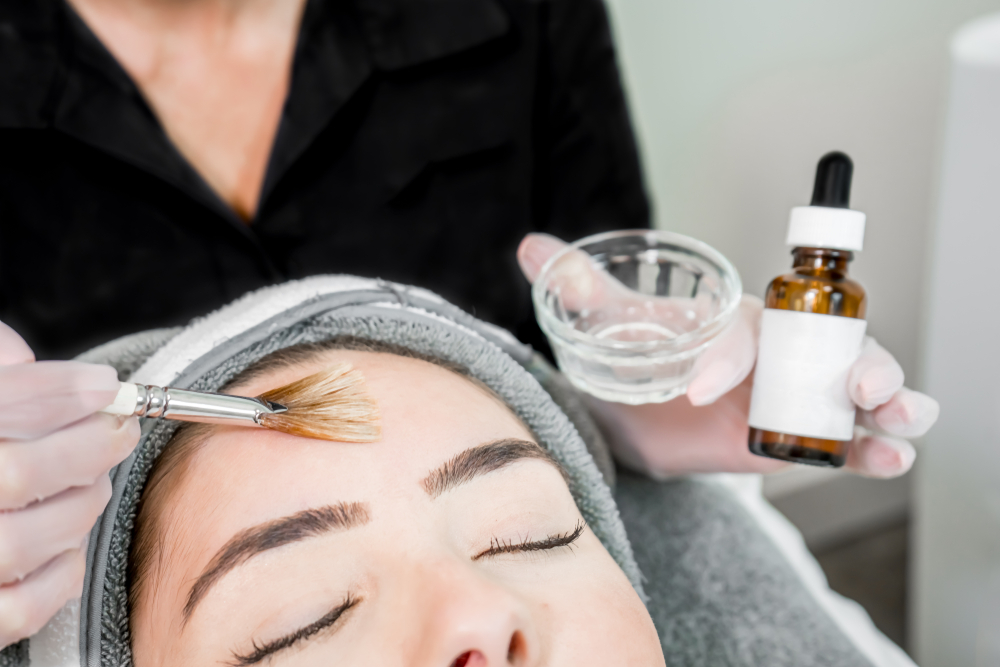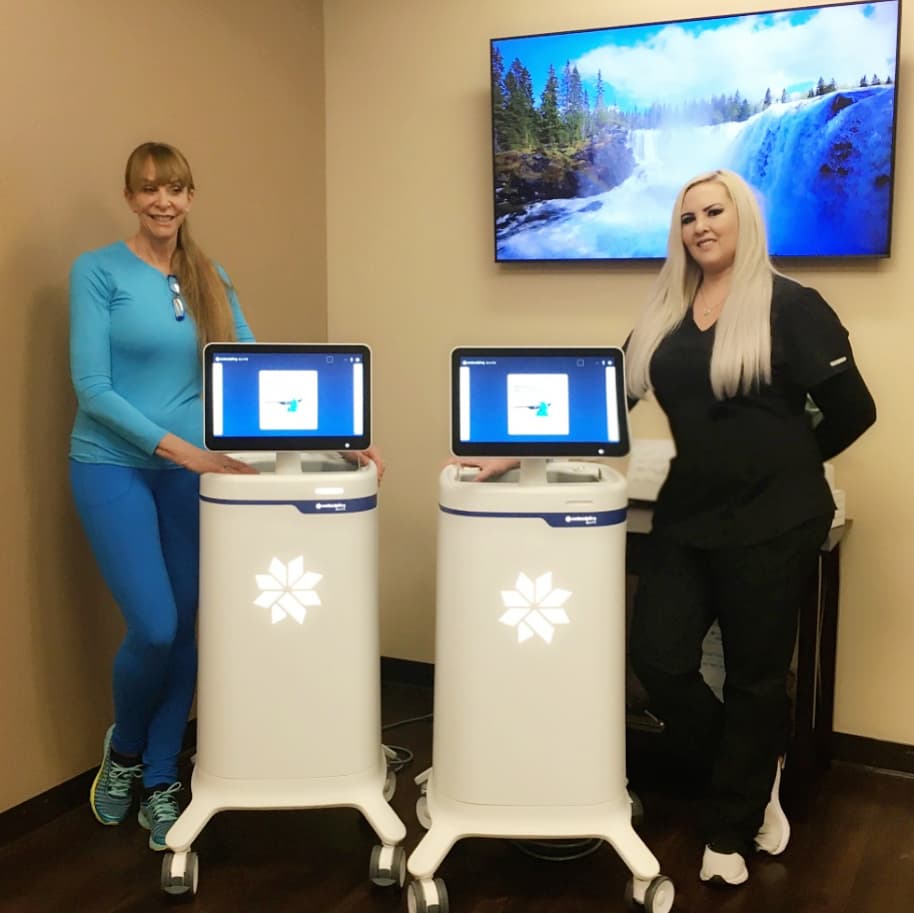It’s true that your skin can regenerate itself every 28 days, but sometimes, it just needs a little boost so that you can say “goodbye” to those imperfections much faster. Chemical peels can be a great asset in this case, but what exactly do they entail?

What can a chemical peel do for you, and does it hurt? Are there any considerations or tips that you need to keep in mind? We’ll answer all of your questions so that you know exactly what to expect.
What Is a Chemical Peel?
Scientifically referred to as chemoexfoliation, the chemical peel uses specific caustic agents for targeted cutaneous ablation. In other words, it will use an acid solution to exfoliate and strip the outer layer of your skin in a controlled manner.
This destructive process of your epidermis will start the regenerative process of your skin, improving your production of elastin and collagen. As your skin peels off, you will see how various imperfections like age spots, acne scars, and even wrinkles will be reduced.
Types of Chemical Peels
There are three kinds of chemical peels and the one you choose depends on the condition you want to treat. Each will tackle a different layer of your skin, reducing certain imperfections. Here are the chemical peels we offer at SoCal Cool Body:
1. Superficial Chemical Peels
Superficial chemical peels are great when your skin is in relatively good condition but needs a bit of exfoliation. These chemical peels use alpha-hydroxy acid to reduce the appearance of acne and scars and will only penetrate the top layer of the skin. This chemical peel is faster and less intense, which is why many people call them “lunch peels.”
2. Medium Peel
If you have extensive sun damage, pigmentation marks, or wrinkling, a medium chemical peel might be a better choice. This treatment usually includes glycolic acid or TCA to enter the epidermal layer of your skin, giving you a deeper exfoliation effect compared to a superficial peel. If you are looking for a good chemical peel for acne scars, this one often proves to be a good option.
3. Deep Chemical Peels
Deep chemical peels are recommended when you want dramatic results. They remove the whole epidermis and can address different imperfections, skin laxity problems, uneven skin tone, or sun damage. Some people also consider it to be the best chemical peel for pre-cancerous growths, although prior consultation is necessary.

What to Expect From Chemical Peel Recovery
No matter the chemical peel type that you go in for, you can expect a certain degree of downtime and some side effects. For example, after the treatment, you can experience some itching, burning, redness, swelling, and flaking. This is normal, as the chemical is causing the specific layer of your skin to peel/shed off.
The recovery time will depend on the type of peel that you get. If you opt for a superficial peel, the process may take a few days to finalize. On the other hand, deeper peels may take up to two weeks, with the swelling lasting longer.
It is important to take very good care of your skin at this point. The flaky skin will fall on its own, so you should not start peeling it yourself as this may lead to scarring. As the skin becomes loose, you can use some small scissors to trim the skin that is peeling off.
Are Chemical Peels Good for You?
Chemical peels are a great option to reduce imperfections like scars, hyperpigmentation, fine lines, and wrinkles. So, if the outer layer of your skin is damaged, then a chemical peel can help you resurface it. You can call us to schedule an appointment and we’ll offer all the necessary information.
For more information about chemical peels, you can contact SoCal Cool Body at 951-397-0530 for our office in Murrieta and 760-298-8078 for our practice in Palm Desert. We would be more than happy to answer all of your questions and set up an appointment. You can also use our online contact form and we will get in touch with you as soon as possible.
